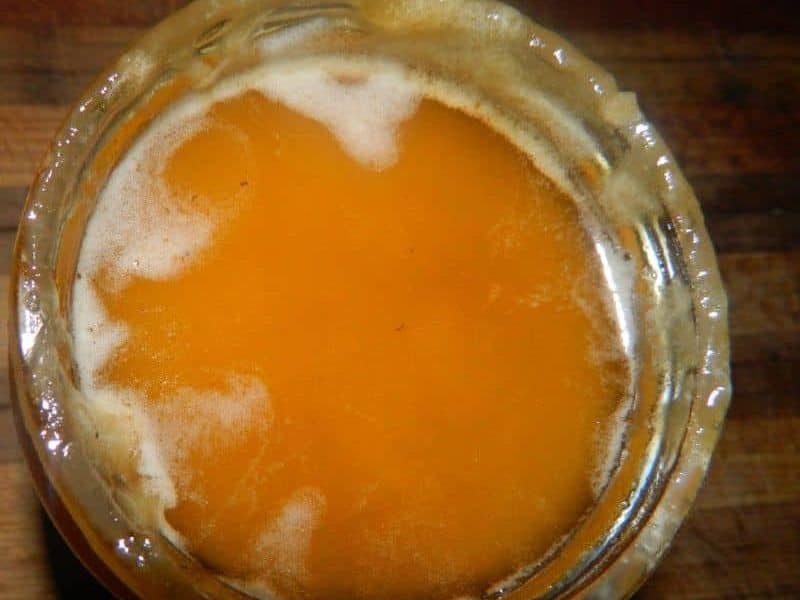Honey Fermentation and How to Prevent It: A Guide for Beekeepers
honey fermentation
Honey, the golden nectar produced by bees, is not only delicious but also known for its numerous health benefits.
However, even the most seasoned beekeepers may encounter an unexpected issue with their honey – honey fermentation. Especially for exporters who want to enter the EU market, where the standard for HMF is very strict (under 40 mg/kg, some even require under 20 mg/kg).
In this blog post, we’ll explore why honey ferments and discuss effective ways to prevent it, ensuring that your honey remains a sweet delight.
So why does honey fermentation happen?
Understanding the science behind honey fermentation is crucial for beekeepers.
Honey is a natural substance with unique properties, such as low water content and high acidity, which generally inhibit the growth of microorganisms. However, under certain conditions, fermentation can occur, leading to changes in flavor, texture, and overall quality.

Honey fermentation depends largely on 3 main factors. Let’s dive in each one of them:
Yeast growth causes honey to ferment
Yeasts are microorganisms that live in honey and they are one of the main reasons for fermentation.
Yeasts exist in natural factors such as nectar, honeydew, and pollen and are carried around hives by bees. Or they can enter during the extraction process if the extraction equipment is not clean, or the containers are not sterile.
The count of 10 yeasts per gram is already considered high when it comes to the risk of fermentation.
The higher the moisture content, the more likely honey fermentation will occur
When there’s water in honey, it makes the sugar less concentrated. As the water content goes up, the sugar concentration goes down, creating better conditions for certain yeasts to grow.
Honey with a moisture content lower than 17% will be less likely to ferment, in at least a year. But if the moisture content is higher than 19% then the honey can be fermented easily in a short period.
Honey stored in fluctuating or high temperatures is more prone to fermentation.
The best temperature condition for yeasts to grow is between 10 – 28 degrees Celcius. Unfortunately, this is room condition for honey storage. Keeping honey in fridge with a temperature lower than 10 degrees can help with this.
Below are some practices you can take to prevent honey from being fermented:
Hive Hygiene:
Regular hive maintenance and cleanliness are crucial. Ensure that beeswax and propolis are properly removed during honey extraction to prevent contamination. Also make sure all the extraction equipment and containers are clean and sterile if possible.
Optimal Harvesting Conditions:
honey fermentation
Harvest honey when moisture levels are at their lowest. Only harvest capped honey.
So what is capped honey? “Capped” honey is when the bees cover their honey with wax, much like putting a lid on it. This occurs only when the nectar is ripe. Bees lower the moisture content of nectar and turn it to honey, once they are content with the moisture content of honey, they cap the wax to prevent honey from drying out.
To know when is the suitable time for harvesting, you turn the frame upside down and shake gently. If something leaks from the cells, it means it is still nectar and should not be extracted.
Consider using a water separator for honey to keep the moisture content at 17%.
Adequate Storage Practices:
Choose suitable containers for honey storage, ensuring they are airtight and kept in a cool, dry place. Labeling with harvest dates allows you to track the honey’s age and quality over time.
Conclustion
Maintaining the quality of honey requires a combination of understanding its composition, recognizing potential risk factors, and implementing preventive measures.
By following these guidelines, beekeepers can ensure that their honey remains a delightful, unfermented treat for consumers.
honey fermentation
Featured News
Category
Contact Info
- Lung Thang Hamlet, Quyet Tien Commune, Quan Ba District, Ha Giang Province, Vietnam
- +84 376742338
- sales@binhanhoney.com




